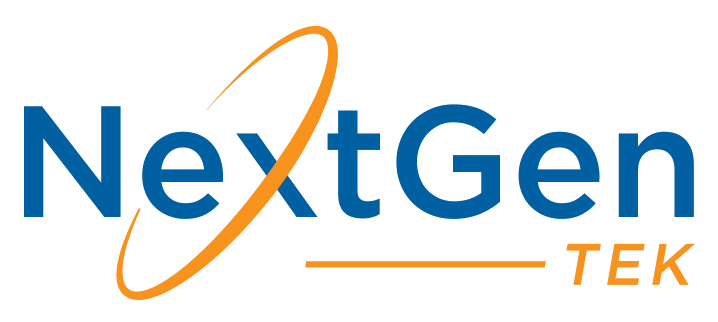Leveraging Advanced Graph Data Analytics for Robust Deep Fake Detection
In the era of digitization and pervasive media, the insidious rise of deep fake technology has cast a formidable challenge to the authenticity and trustworthiness of digital content.
Leveraging Advanced Graph Data Analytics for Robust Deep Fake Detection
In the era of digitization and pervasive media, the insidious rise of deep fake technology has cast a formidable challenge to the authenticity and trustworthiness of digital content. Deep fakes, propelled by sophisticated artificial intelligence algorithms, wield the power to craft astoundingly realistic simulations of audio, video, and textual content. The ensuing implications, riddled with the potential for misinformation, fraud, and manipulation, necessitate an intricate, technically driven countermeasure. In this discourse, we delve into the technical intricacies underpinning the strategic deployment of Graph Data Analytics for the robust identification and mitigation of deep fake threats.
Deciphering the Graph Data Analytics Landscape
To deeply understand the pivotal role Graph Data Analytics plays in deep fake detection, it is imperative to dissect the core framework of this analytical paradigm. At its essence, Graph Data Analytics is purpose-built for unraveling intricate interconnections and dependencies between an array of entities within a graph structure. Its focus is predominantly directed toward a microscopic assessment of pairwise relationships among entities, coupled with an exploration of the overarching structural attributes that govern the entire graph.
Navigating the Intricate Terrain of Deep Fakes
1. Content Discrepancy Analysis:
Through the lens of graph analytics, content authenticity assumes paramount importance. A comprehensive analysis of the connectivity patterns and associations among data nodes facilitates the discernment of genuine versus counterfeit content. Detecting anomalies and deviations indicative of deep fakes hinges on this rigorous scrutiny.
2. Social Media Network Surveillance:
The propagation of deep fake content is rife within social media. To this end, graph analytics stands as a sentinel, capable of meticulously tracing the labyrinthine paths along which deep fake content disseminates across these intricate digital networks. The source of the deep fake can be pinpointed by unraveling the origins and propagation routes of deceptive information.
3. User Behavioral Profiling:
Graph analytics makes the granular examination of user behaviors within digital ecosystems feasible. This encompasses the meticulous identification of user accounts that exhibit recurrent interactions with or endorsement of deep fake content, thus shedding light on potential perpetrators.
- Linguistic and Acoustic Assessment: Textual and audio data are subjected to an exhaustive assessment under the purview of graph analytics. Here, the scrutiny extends to linguistic and acoustic attributes, where anomalies or incongruities indicative of deep fake manipulation are scrutinized with technical precision.
- Collaborative Filtering Mechanisms: Collaborative filtering algorithms are harnessed proactively to predict and forestall the proliferation of deep fakes. Graph analytics assumes a proactive role in mitigating the threat by identifying potential targets for manipulation and issuing preemptive warnings to users or platform administrators.
A Synergistic Approach to Deep Fake Mitigation
The confrontation with the specter of deep fakes calls for a nuanced, multidimensional, and inherently technical stratagem. In this context, Graph Data Analytics operates in concert with complementary techniques such as machine learning, image analysis, and natural language processing to construct an unassailable fortress against the deep fake menace. The seamless fusion of these technical methodologies empowers organizations and digital platforms with a multifaceted ability to:
- Elevate Detection Precision: Graph analytics serves as the vanguard of deep fake detection systems, providing contextual validation and reducing the incidence of false positives, thereby amplifying detection accuracy.
- Early Warning Systems: The real-time monitoring of the trajectory of manipulated content across intricate social networks allows for the timely issuance of early warnings, preempting the rapid dissemination of deep fakes.
- Perpetrator Identification: The structural examination of graph connections exposes the identities or collectives orchestrating deep fake production and distribution. This technical capability facilitates legal interventions and countermeasures.
- Curbing Viral Disinformation: Timely deep fake detection and intervention strategies serve as a prophylactic shield against the virulent propagation of fraudulent content, thereby curbing its harmful impact on individuals and society.
Graph Data Analytics is a linchpin within the technological arsenal deployed to combat the omnipresent threat of deep fakes. Its innate ability to unveil concealed relationships, decipher cryptic patterns within the labyrinthine networks, and provide a robust foundation for deep fake detection and mitigation endows it with paramount technical significance. As deep fakes continue to cast a prolonged shadow over the digital domain, the critical role of Graph Data Analytics in preserving integrity and trust within digital content emerges as an indispensable cornerstone of contemporary cybersecurity.
